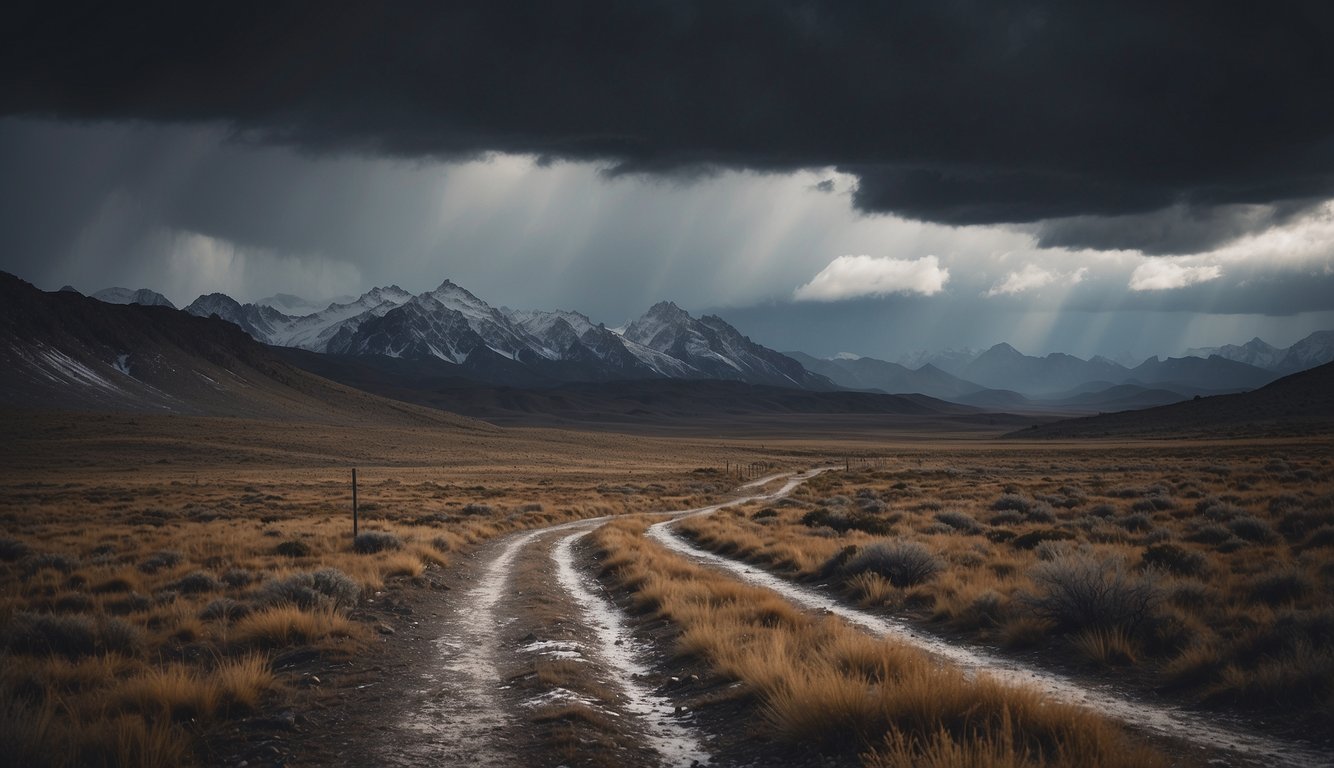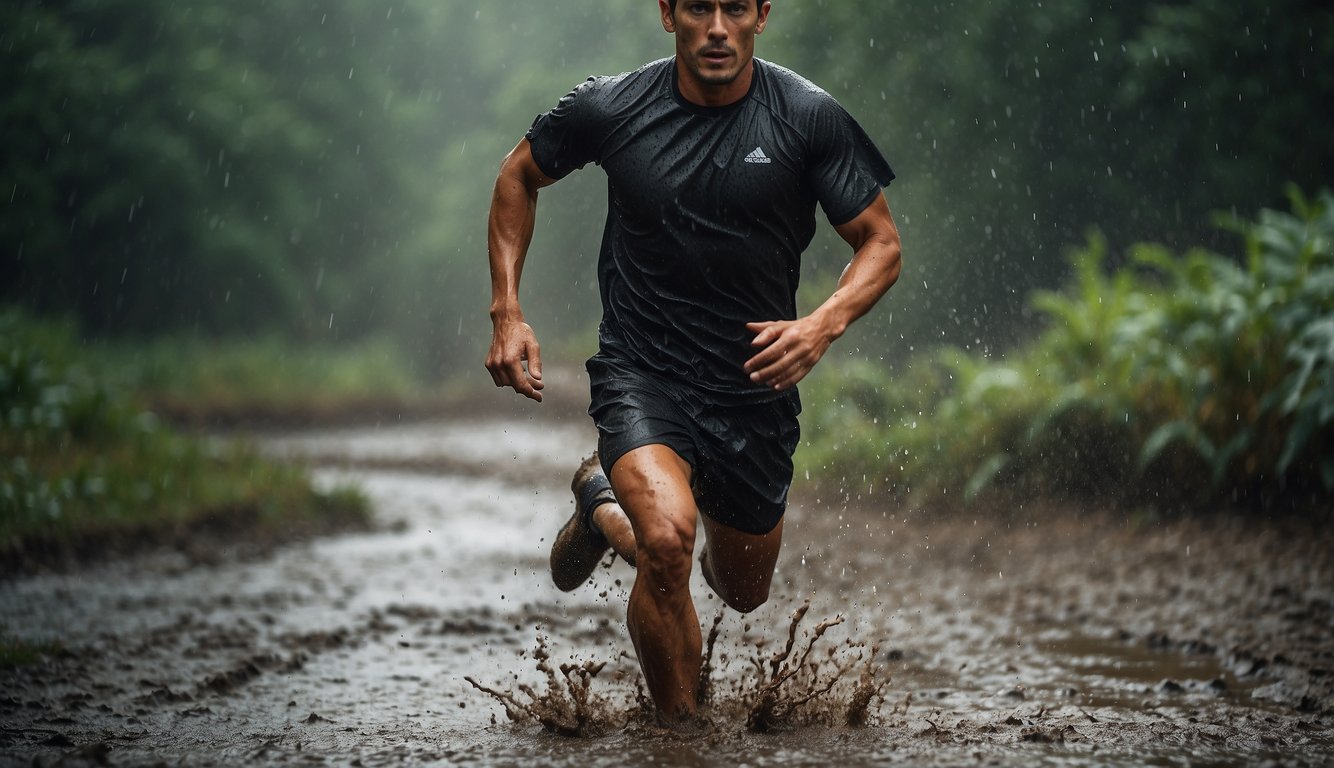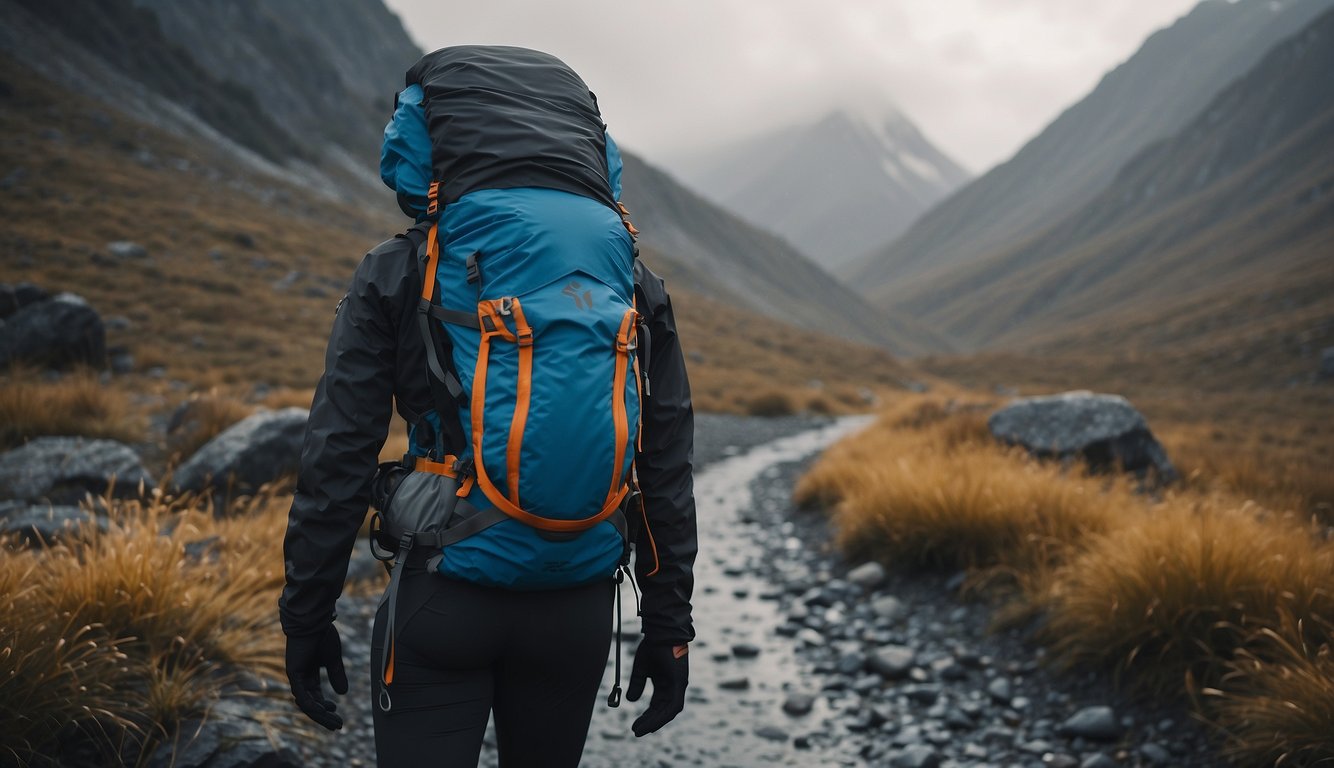Trail Running in Extreme Weather: Surviving Heat, Cold, and Rain with Expert Tips
Trail running is a dynamic sport that places you in the heart of nature’s elements, but extreme weather brings unique challenges. As a seasoned runner and UESCA certified coach dedicated to the sport, I’ve navigated trails in sweltering heat, biting cold, and soaking rain. It’s crucial to prioritize safety and adapt your gear and strategy to the conditions.
In scorching temperatures, opt for breathable, moisture-wicking clothing to stay cool, and always avoid cotton as it retains sweat and can lead to chafing. Sun protection is key, especially when running at high elevations. For cold weather, layer effectively to retain warmth without overheating and ensure your outer layer is wind and water-resistant.
Wet conditions require a mindset ready to embrace the elements. Choose water-resistant apparel to stay as dry as possible, but also recognize that some wetness is inevitable. Protective gear and a positive outlook turn a rainy run from a slog to an adventure, making every slippery step an opportunity to build resilience and agility on the trails.

Essential Gear for Trail Running
In extreme weather conditions, having the right gear is critical for safety and performance in trail running. I’ll guide you through selecting the best equipment, from durable footwear to protective layers and accessories.
Choosing the Right Trail Running Shoes
Trail running shoes should provide excellent grip and energy return to tackle uneven terrain. The North Face Vectiv Enduris is an example, offering superior traction and comfort. Shoes with a Gore-Tex membrane are vital for waterproofing and breathability, especially in wet conditions.
Shoe Features:
- Grip
- Comfort
- Energy return
- Optional waterproof (Gore-Tex)

Importance of Layering
When dressing for variable weather, layering is essential. Start with a moisture-wicking base layer that keeps you dry. Add a mid-layer for insulation, such as a fleece, to retain body heat in cold conditions. The outer layer should be water-resistant and windproof, protecting against the elements.
Layer Types:
- Base Layer: Moisture-wicking material
- Mid Layer: Insulative fleece or similar
- Outer Layer: Water-resistant and windproof
Protective Accessories
Don’t overlook accessories like gloves and hats to protect extremities from cold. In hot weather, opt for breathable socks and a hydration pack to maintain fluid balance. A headlamp is necessary when visibility is poor, ensuring safer navigation on trails.
Accessories Checklist:
- Gloves
- Hats
- Breathable socks
- Hydration pack
- Headlamp
By equipping oneself with the appropriate gear and understanding its proper use, one can tackle extreme weather conditions on the trails with confidence.
Running in Hot Conditions

In hot conditions, it’s crucial to manage hydration and body temperature for safety and performance. Choosing the right clothing can also make a significant difference.
Importance of Hydration
Proper hydration is vital for maintaining blood flow and muscle temperature. Here’s how I ensure I stay hydrated:
- Before a run: Drink at least 17-20 ounces of water 2-3 hours prior.
- During a run: Aim to consume 3-5 ounces every 30 minutes.
- After a run: Rehydrate with water or a sports drink containing electrolytes.
Tip: Plan routes with water fountains or carry a hydration pack.
Selecting Breathable Fabrics
To prevent overheating, materials that wick moisture away from the skin and are light in color are essential.
- Base layers: Opt for synthetic fabrics as they are more breathable compared to cotton, which tends to retain sweat.
- Headwear: A breathable cap can provide shade while allowing heat to escape.
Fact: Dark colors absorb more heat, so lighter shades are preferable for hot weather outfits.
Mitigating Heat Exposure
Use these strategies to reduce the impact of heat:
- Run during cooler parts of the day, such as early morning or later in the evening.
- Apply sunscreen to exposed skin to reduce the risk of sunburn, which can impair the body’s ability to cool itself.
- Slow down your pace to decrease heat stress; the hotter it is, the more you should reduce your speed.
Remember, your safety is the priority when running in hot conditions.
Handling Cold Weather Challenges
Running in cold conditions demands careful preparation to prevent hypothermia and maintain comfort and safety. Choosing the right winter running apparel and securing proper footing with traction devices like microspikes are crucial steps I recommend to aspiring winter trail runners.
Avoiding Hypothermia
In cold weather, hypothermia can occur when the body loses heat faster than it can produce it, leading to dangerously low body temperatures. To avoid this:
- Layer Up: Start with a moisture-wicking base layer made of a synthetic material or wool to keep sweat away from the skin, add an insulating layer to retain body heat, and top off with a windproof and waterproof shell.
- Protect Extremities: Wear wool socks, insulated mittens, and a neck gaiter or face mask to safeguard against frostbite.
Winter Running Apparel
Selecting proper attire is vital to staying warm and dry during winter runs:
- Fabrics: Favor synthetic or wool fabrics that offer insulation even when wet.
- Accessory Choices: Consider accessories that cover all exposed skin. A neck gaiter can protect your neck and face, while mittens are better than gloves at keeping fingers warm.
Maintaining Traction in Snow and Ice
To confidently navigate icy trails:
- Footwear: Use shoes with aggressive tread or attach traction devices such as microspikes to prevent slips and falls on ice.
- Adjust Stride: Shorten your stride and focus on maintaining balance rather than speed.
Navigating Trails in Wet Conditions

When running in wet conditions, my focus is on ensuring waterproof protection, maintaining good visibility, and adhering to safe running practices. It’s key to gear up appropriately and use the right techniques to handle the challenges that rain presents.
Waterproofing Essentials
Waterproof Jacket: Always opt for a breathable, lightweight waterproof jacket that can keep the rain at bay without causing overheating. I recommend jackets specifically designed for trail running, as they provide a balance between water resistance and ventilation.
Feet Protection: Embrace the fact that your feet will get wet. Choose non-waterproof, quick-dry running shoes for warm conditions. For colder weather, waterproof trail-running shoes may be suitable to keep feet dry and warm.
Maintenance Tip: After a wet run, dry your shoes out by removing the insoles and letting them air-dry away from direct heat sources.
Maintaining Visibility
Reflective Gear: I always wear reflective clothing or accessories to ensure I’m visible to others, especially in low light conditions during rain.
Headlamp or Flashlight: Essential for navigation, a water-resistant headlamp or flashlight helps me keep my path well-lit and aids in avoiding obstacles.
Visibility Checklist:
- Reflective vest or strips
- Brightly colored waterproof jacket
- Water-resistant lighting
Safe Trail Running Practices in Rain
Navigation Aids: A GPS device is invaluable for staying on course in heavy rain where the trail visibility is impaired. Keep it in a waterproof case to avoid damage.
Safety Techniques: Slow down to account for slippery conditions. Be extra cautious on rocky or root-filled sections which can be treacherous when wet.
Trail Tips:
- Reduce pace on slippery surfaces
- Avoid puddles which may disguise hazards
- Respect trail conditions and use designated paths to prevent trail damage
By heeding these precepts, I ensure that my trail running in the rain is both enjoyable and safe.
Training and Preparation for Extreme Conditions

Preparing for trail running in extreme weather requires careful adjustment to your training regimen, incorporation of cross-training for robust endurance, and adopting a mindset ready to take on the challenges posed by varied weather conditions.
Adjusting Your Training Regimen
When facing hot, cold, or wet weather, tuning your training regimen to the forecasted elements is critical. For heat preparation, gradual exposure to warmer environments can help.
I recommend starting with moderate temperatures and progressively increasing the duration and intensity over a week or two. In anticipation of cold conditions, focus on a dynamic warm-up routine to raise your body temperature and improve circulation before heading out into the cold. Cross-reference the weather forecast with your training schedule to acclimatize adequately.
Example of Hot Weather Training Progression:
- Week 1: 60 minutes in 85-90°F environment
- Week 2: 60 minutes in 90-95°F environment
Cross-Training for Endurance
Cross-training is essential to build strength and endurance, vital for trail running under extreme conditions. Incorporate activities like cycling, swimming, or rowing to reduce the risk of overheating in hot weather while still sustaining cardiovascular workload.
In colder weather, cross-training indoors or engaging in snow sports can keep your endurance up without exposing you to harsh conditions longer than necessary.
Suggested Cross-Training Activities:
- Indoor: Swimming, Cycling, Rowing
- Snow Sports: Cross-Country Skiing, Snowshoeing
Importance of a Weather-Adaptive Mindset
Mental preparation is just as important as physical training. I’ve found that a resilient mindset often spells the difference between success and struggling. Adaptability means being prepared to modify your training based on immediate weather conditions.
Visualizing the race in various weather scenarios can also enhance mental readiness. Don’t let the weather be an enemy; embrace it as a component of the challenge to conquer.
Tips to Develop a Weather-Adaptive Mindset:
- Regularly check the forecast to align your training.
- Visualize and mentally prepare for different weather conditions.






